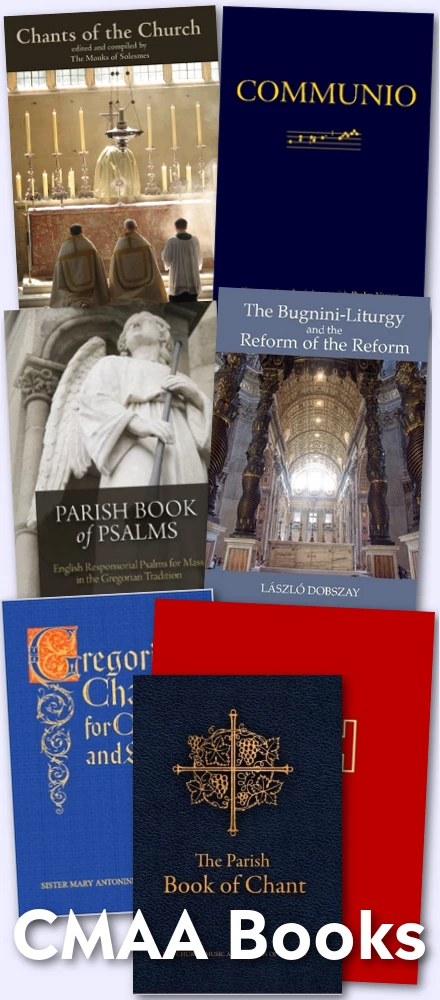Today, in the Latin rite, we observe the Feast of the Presentation of Our Lord, also called the Feast of the Purification of the Blessed Virgin Mary, also called "Candlemas".
On this day, candles are traditionally blessed.
(Image: FSSP in Urbe)
Permit me to share with you the Catholic Encyclopedia entry on the Candlemas procession which gives a sense of some of the traditions which have been, or are, associated with today:
According to the Roman Missal the celebrant after Terce, in stole and cope of purple colour, standing at the epistle side of the altar, blesses the candles (which must be of beeswax). Having sung or recited the five orations prescribed, he sprinkles and incenses the candles. Then he distributes them to the clergy and laity, whilst the choir sings the canticle of Simeon, "Nunc dimittis". The antiphon "Lumen ad revelationem gentium et gloriam plebis tuæ Israel" is repeated after every verse, according to the medieval custom of singing the antiphons. During the procession which now follows, and at which all the partakers carry lighted candles in their hands, the choir sings the antiphon "Adorna thalamum tuum, Sion", composed by St. John of Damascus, one of the few pieces which, text and music, have been borrowed by the Roman Church from the Greeks. The other antiphons are of Roman origin.
The solemn procession represents the entry of Christ, who is the Light of the World, into the Temple of Jerusalem. It forms an essential part of the liturgical services of the day, and must be held in every parochial church where the required ministers can be had. The procession is always kept on 2 February even when the office and Mass of the feast is transferred to 3 February. Before the reform of the Latin liturgy by St. Pius V (1568), in the churches north and west of the Alps this ceremony was more solemn. After the fifth oration a preface was sung. The "Adorna" was preceded by the antiphon "Ave Maria". While now the procession in held inside the church, during the Middle Ages the clergy left the church and visited the cemetery surrounding it. Upon the return of the procession a priest, carrying an image of the Holy Child, met it at the door and entered the church with the clergy, who sang the canticle of Zachary, "Benedictus Dominus Deus Israel". At the conclusion, entering the sanctuary, the choir sang the responsory, "Gaude Maria Virgo" or the prose, "Inviolata" or some other antiphon in honour of the Blessed Virgin.
It has also become something of a tradition here upon the NLM to share with readers one of an older series of videos that has been put online by Fr. Sean Finnegan of Valle Adurni of the their Mass of Candlemas, according to the liturgical books of Salisbury, or in other words, the Sarum use.
Each year, many NLM readers send in their pictures of these beautiful customs. I would invite you to do so again this year.




















